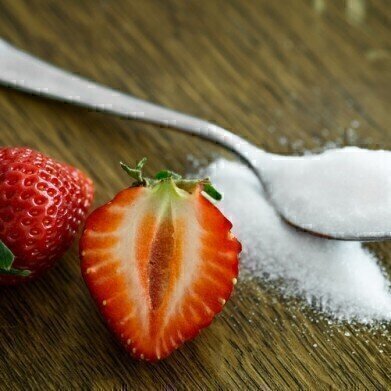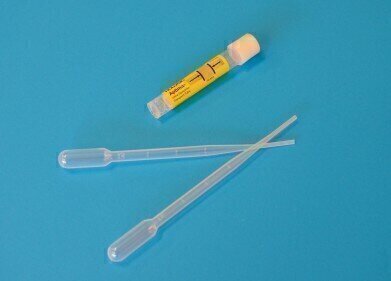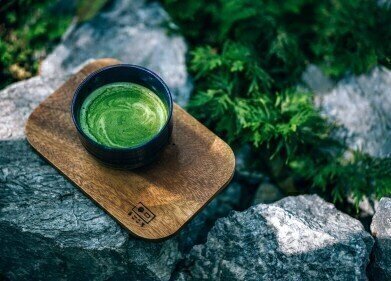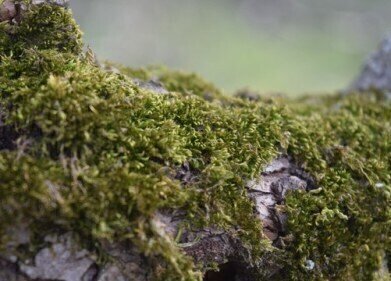Electrophoretic Separations
Using More Sugar Industry Waste - Chromatography Explores
Apr 11 2019
Humans have grown sugar for centuries for use as a sweetener. Most sugar is produced from sugar cane, a plant that can grow easily in many parts of the temperate and tropical world. The sugar we use in our kitchens is a carbohydrate that can also give a swift boost of energy if needed.
But sugar cane has, in recent years, produced much more than just sugar for our tea and cakes. As we have looked at alternatives to the dwindling supplies of fossil fuels, substitute energy sources have emerged. One of the substitutes is biofuel. Ethanol made from the sugar cane that can be used to fuel our buses and cars. But, the current process for making ethanol from sugar cane only uses about one-third of the energy available in sugar cane. How can we get at the rest?
Cellulose going to waste
One of the most abundant sources of biomass on Earth is cellulose. It is found in the cell walls of plants - including sugar cane. Cellulose is produced during photosynthesis and has been recognised as the most abundant renewable bioresource that is produced on Earth. But how can we fully utilise the potential of cellulose?
Cellulose is degraded by an enzyme called cellulase - an enzyme produced by bacteria and fungi. Enzymes are protein molecules that work as catalysts - speeding up biological reactions. Almost all living things need enzymes to speed up or make more efficient the reactions that enable life. But despite all the cellulose around us, and all the ways we currently use it, there are millions of tons of plant waste that are not currently used as it is too inefficient to do so using current production methods.
Cellulase producing bacteria - freeing energy?
In order to more fully utilise the waste cellulose from the sugar industry, researchers in Bangladesh have been looking at the bacteria that produce cellulase. In a recent paper published in the American Journal of Bioscience - Isolation and Characterization of Cellulase-producing Bacteria from Sugar Industry Waste - researchers
‘aimed to isolate and screen the cellulase producing-bacteria from sugar industry wastes (molasses) and purify and characterize the cellulase produced by the isolated bacterial strains.’
Using molasses samples, they isolated and screened the bacteria found on sugar waste samples. After purification, they separated the bacteria using chromatography before determining their molecular weight. Electrophoresis is used to separate some bacterial samples, a process discussed in the article, Imaged Capillary Iso-Electric Focussing: Background, Status, and Perspectives.
The team isolated some good cellulase producing bacteria from sugar waste. By optimising the conditions, they were able to enhance the production of certain strains of bacteria including Paenibacillus sp, Bacillus sp and Aeromonas sp. They conclude that:
‘Bacterial isolates with cellulase activity might be an important part of our future research to build up effective cellulase producing system that can be favored for industrial applications’
Digital Edition
Chromatography Today - Buyers' Guide 2022
October 2023
In This Edition Modern & Practical Applications - Accelerating ADC Development with Mass Spectrometry - Implementing High-Resolution Ion Mobility into Peptide Mapping Workflows Chromatogr...
View all digital editions
Events
Apr 28 2024 Montreal, Quebec, Canada
May 05 2024 Seville, Spain
May 15 2024 Birmingham, UK
May 19 2024 Brno, Czech Republic
May 21 2024 Lagos, Nigeria














